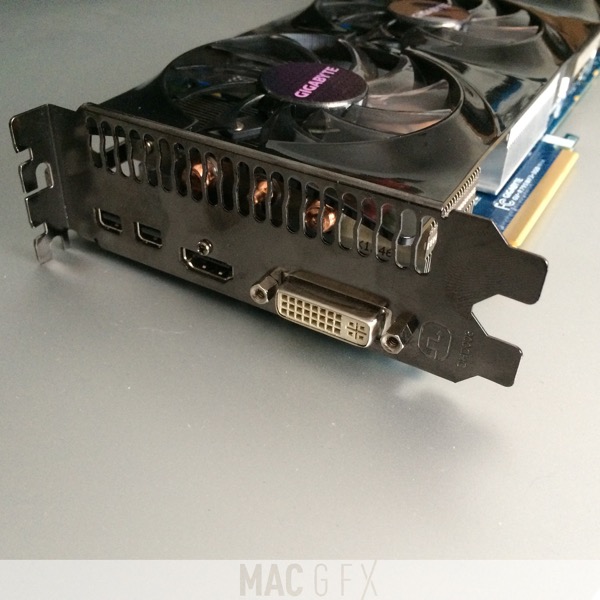
- #Graphics upgrade for mid 2010 mac mini mac os
- #Graphics upgrade for mid 2010 mac mini install
- #Graphics upgrade for mid 2010 mac mini drivers
It tried to offer a choice of the boot options, but it locks up instead. When booting off CD/DVD, if there is more than one El Torito boot record on the disc then the firmware gets confused. The oldest Mini (macmini1,1) is typically the most problematic, due to bugs in its firmware. The best way to start the Debian installer varies a lot, depending on the age of your hardware. See below for more detailed instructions.
#Graphics upgrade for mid 2010 mac mini mac os
Mac OS X) then you'll be more at the mercy of the other operating systems. However, if you do want to dual- or triple-boot with other OSes (e.g.
#Graphics upgrade for mid 2010 mac mini install
Recent versions of Debian (at least from 8/Jessie onwards) should install and work reasonably well on most Mac Minis without needing any other software to help with setup, assuming that you only want to be able to boot Debian. It's also possible to boot wheezy installers from a USB key in this manner. You must use OS X's "bless" utility to change NVRAM entries allowing this to boot. This gives the option of installing rEFIt (or other EFI bootloaders?) on a USB key. To enter the builtin boot menu, hold the "Option" key while booting. In consideration of all of the above, updating the computer's firmware is the simplest way to easily install and boot Linux and also get 2D/3D graphics acceleration.

Booting in the BIOS compatibility mode also means using either the LILO or GRUB bootloaders, and having an MBR partition table (either hybrid GPT/MBR or plain MBR). Without it, you only get unaccelerated frame buffer graphics.
#Graphics upgrade for mid 2010 mac mini drivers
This is because the X.org / XFree86 drivers for Intel and ATI, as well as the Linux text console, rely on the Video BIOS and Apple's firmware only provides a Video BIOS when booting in BIOS compatibility mode. In addition, if you want good graphics support in Linux, you must boot it using the BIOS compatibility mode.

Recent firmware adds a BIOS compatibility mode, including detection of BIOS-bootable disks and CDs in the built-in boot volume chooser.

This is important - some older versions of firmware won't provide some of the underlying support that you'll likely need to install Debian. Verify that your computer has the latest firmware. macmini2,1 installation specials and pain.Late 2009 MacBook/MacBook (Retina) or newerįor more on the changes in macOS 10.14, be sure to read our full announcement post right here.īe sure to stay tuned to our continually updating news hub for all of the latest news out of WWDC 2018.Mac Pro (Late 2013, plus mid 2010 and mid 2012 models with recommend Metal-capable GPU)Īpple notes, however, that support for 20 Mac Pro models won’t be available right off the bat – instead that support will come “in an upcoming beta.”Īpple’s reasoning for dropping the older Mac devices likely relates to the Metal GPU technology, which requires more powerful graphic capabilities.įor comparison’s sake, here are the Mac variants that were supported when macOS 10.13 High Sierra was released last year:.This means the company is dropping support for 2009, 2010, and 2011 models, with the exception of select Mac Pro models. Now that the first developer beta of the release is available, we know which Mac devices will support the new release…Īpple says that macOS 10.14 is supported on every Mac from 2012 or newer. At WWDC today, Apple officially introduced macOS 10.14 Mojave with new features such as dark mode, HomeKit support, and much more.


 0 kommentar(er)
0 kommentar(er)
